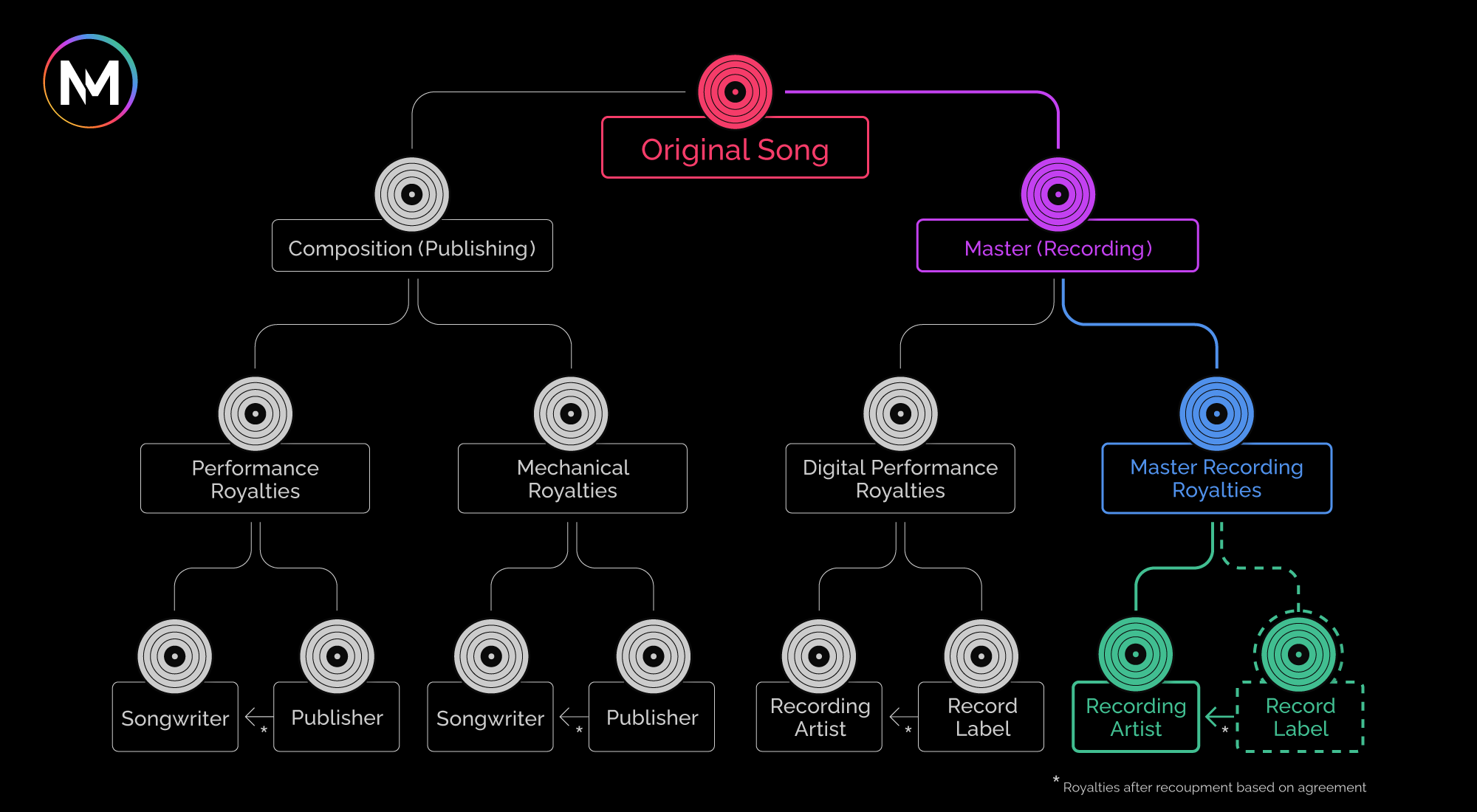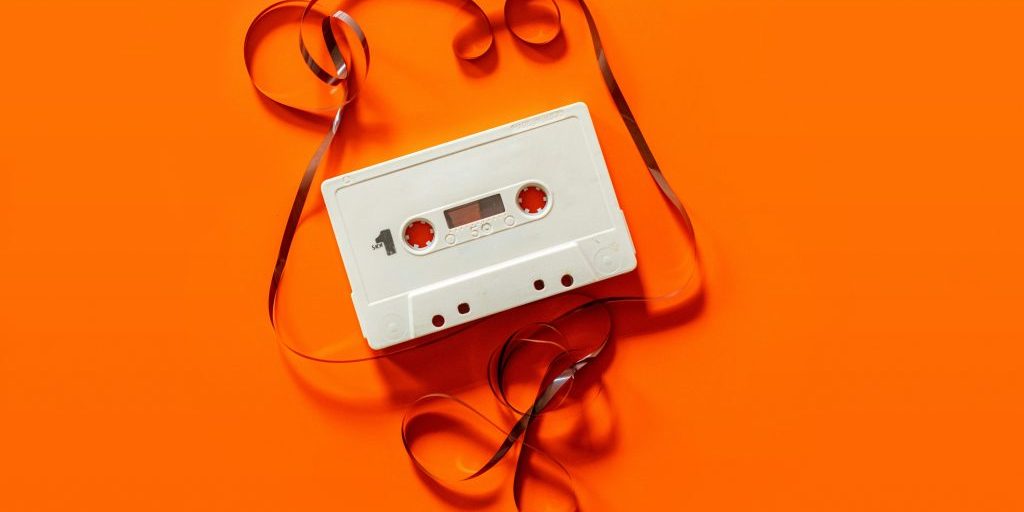The Transformation of the Music Industry in the Digital Age
A Look at the World of Streaming, Distribution, and Royalties – and How Artists are Being Left Out in the Cold
These days it’s increasingly difficult to recall a time before the digital revolution (even for those of us who lived it) – a time when your only options for music were the radio or your own personal collection of CDs, and the bread and butter of the music industry was unit sales.
But that all changed when the fire nation, whoops – the pirates – attacked.
In the wake of sites like Napster, Limewire, Grokster, and others, which allowed users to download and share music without compensating the recognized rights holders, the very foundations of the music industry’s business model began to crumble.
So it comes as no surprise that for an industry whose profits had been ravaged by an overwhelming abundance of illegal downloading sites, the emergence of digital streaming platforms was something of a revelation – one that would transform the music industry on a fundamental level.
But the real question is: are streaming platforms really the godsend they appear to be? To answer that question, you need a deeper understanding of how the system works and it really benefits in the long run.
How Streaming Works in a Nutshell
Music streaming services can be broken down into two distinct types: non-interactive, and interactive. Noninteractive music streaming is a similar experience to listening to the radio where the songs you hear are determined by the service itself. An example of a non-interactive service is Pandora.
By contrast, interactive music streaming allows the user to control their listening experience by selecting which songs play and when. This category includes platforms like Spotify and Apple Music as well as paid versions of traditionally non-interactive platforms such as Pandora Premium.
How Do Artists Make Money on Streaming Platforms
If the average consumer were to guess how artists get compensated on streaming platforms, odds are they would assume that it boils down to how many times any given song is streamed. But they’d be wrong. The truth is streaming royalty calculations are incredibly convoluted, confusing, and when you take a closer look – disproportionate.
Contrary to popular belief, payouts aren’t based on a fixed “per-play” rate. Instead, they’re based on a percentage of total revenue and a number of other variables such as the location of the song being streamed, the country’s currency, the type of streaming (interactive or non-interactive), and others. Consequently, the royalty payments for the exact same number of streams could be drastically different for different artists.
Things get even more complicated when you factor in the various entities such as record labels, distributors, publishers, songwriters, Performance Right Organizations (PROs), and more that stand between an artist and a streaming platform, as well as the different types of royalties that come into play:
- Public Performance Royalties – To broadcast original or covered music, artists must pay a blanket license fee to a PRO. That PRO then collects public performance royalties and distributes them to writers and publishers.
- Mechanical Royalties – This type of royalty is paid whenever a copy of the songwriter’s music is made which includes streams and downloads. Collection agencies or mechanical rights organizations collect these royalties and then pay them to artists as lump sums after a set period of time.
- Digital Performance Royalties – These are royalties that non-interactive digital streaming providers pay to labels or recording artists (not songwriters) each time their recordings are used.
- Master Recording Royalties – This is the payment that recording artists and labels earn when the sound recording is streamed, downloaded, or physically bought. Distributors collect royalties from record stores and streaming platforms, which they distribute back to labels, who collect the percentage due to them and pass the rest along to artists.
Is your head spinning yet? Here’s a handy little chart on how it all breaks down.

A Small Piece of the Pie – and the Bigger Picture
The real issue of streaming emerges when we step back and look at how digital services actually calculate the artist’s total payout. Most streaming services, like Spotify and Apple Music, operate using a “pro-rata” or “platform-centric” payout distribution model wherein the rights-holder is paid according to their share of the market, which is determined by how well their streams stack up against the most popular songs over a certain period of time. Within this model, the people who hold the rights to the most listened-to tracks earn the most. This is problematic for two reasons:
- Artists who are signed with a label do not own the rights to their creations (at least not fully). This means that the lion’s share of the revenue generated by a song typically goes to the label, with just a fraction paid out to the artist themselves.
- Within the pro-rata model, independent artists are at a distinct disadvantage. Without the funds, influence, and distribution power of a record label at their back, it becomes increasingly difficult to compete and ultimately make a livable wage – especially when the average payout lands somewhere between just $0.006 and $0.0084 per stream (or less).
With all of this in mind, it can be easy to paint streaming providers as villains in the grand scheme of things, but in reality, it isn’t simply black and white. On the one hand, streaming has been a game-changer for not only the survival of the music industry but for music lovers around the world who enjoy unprecedented access to music they might not have heard otherwise. On the other, the system takes for granted the very people whose creations it relies on.
However, within the context of the digital revolution, one thing is clear: disruption is inevitable. Like all innovations, the current streaming model is not the final destination, but a stepping stone to something better.
Psst, that disruption we mentioned? It’s already on the horizon. Find out more about projectNEWM and the NEW Music revolution here.
Stay informed
To get all our amazing stories and know more about Crypto, Music and projectNEWM overall, make sure you register for our NEWMag newsletter!
Read More Articles
Jxly Banks
Before August
YEARLY REWIND: Inside the last two years at NEWM
NEWM Co-Founders, Ryan Jones and Florian Pittini, come together to showcase NEWM’s two-year progress and the exciting developments coming next.



